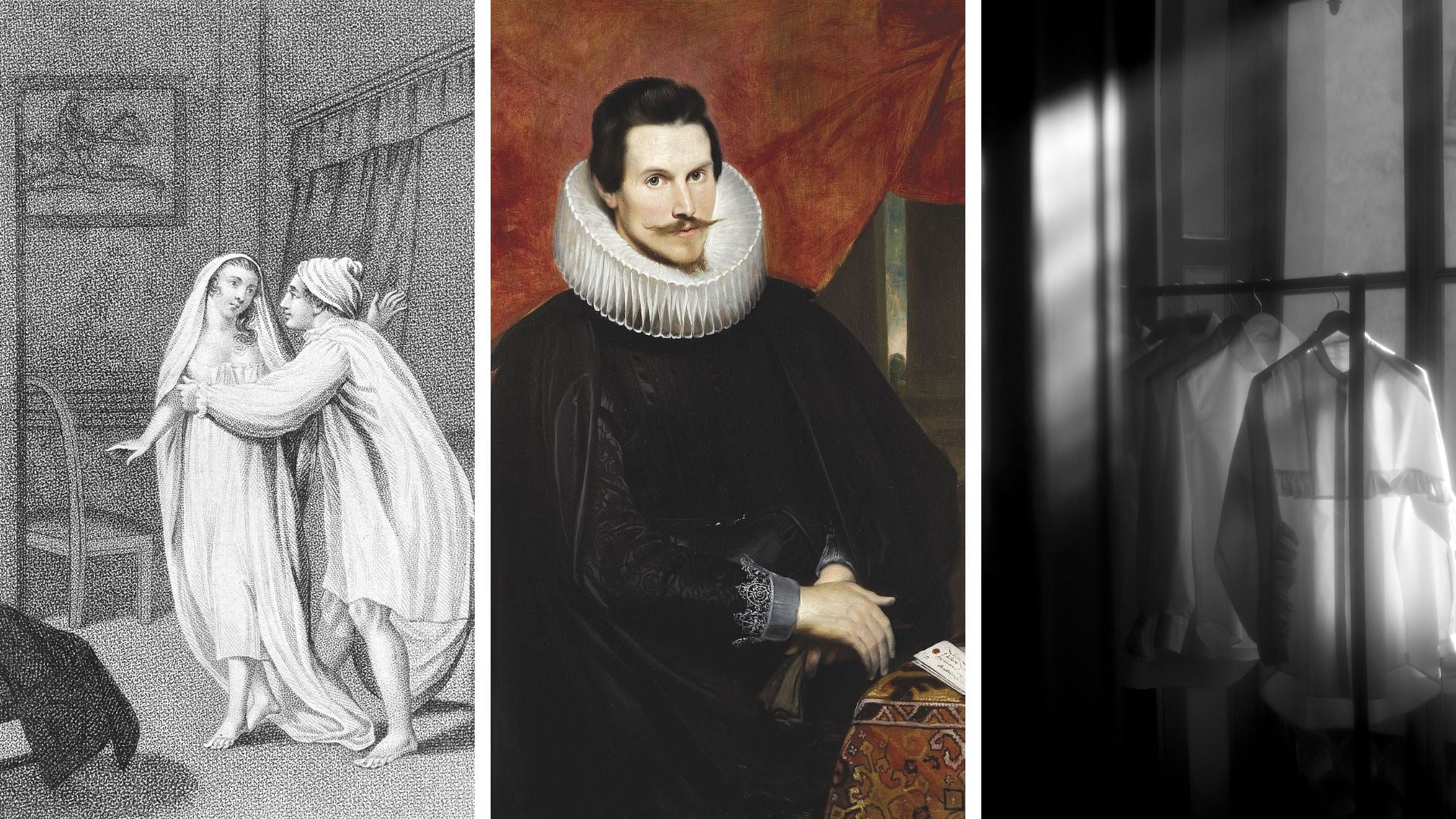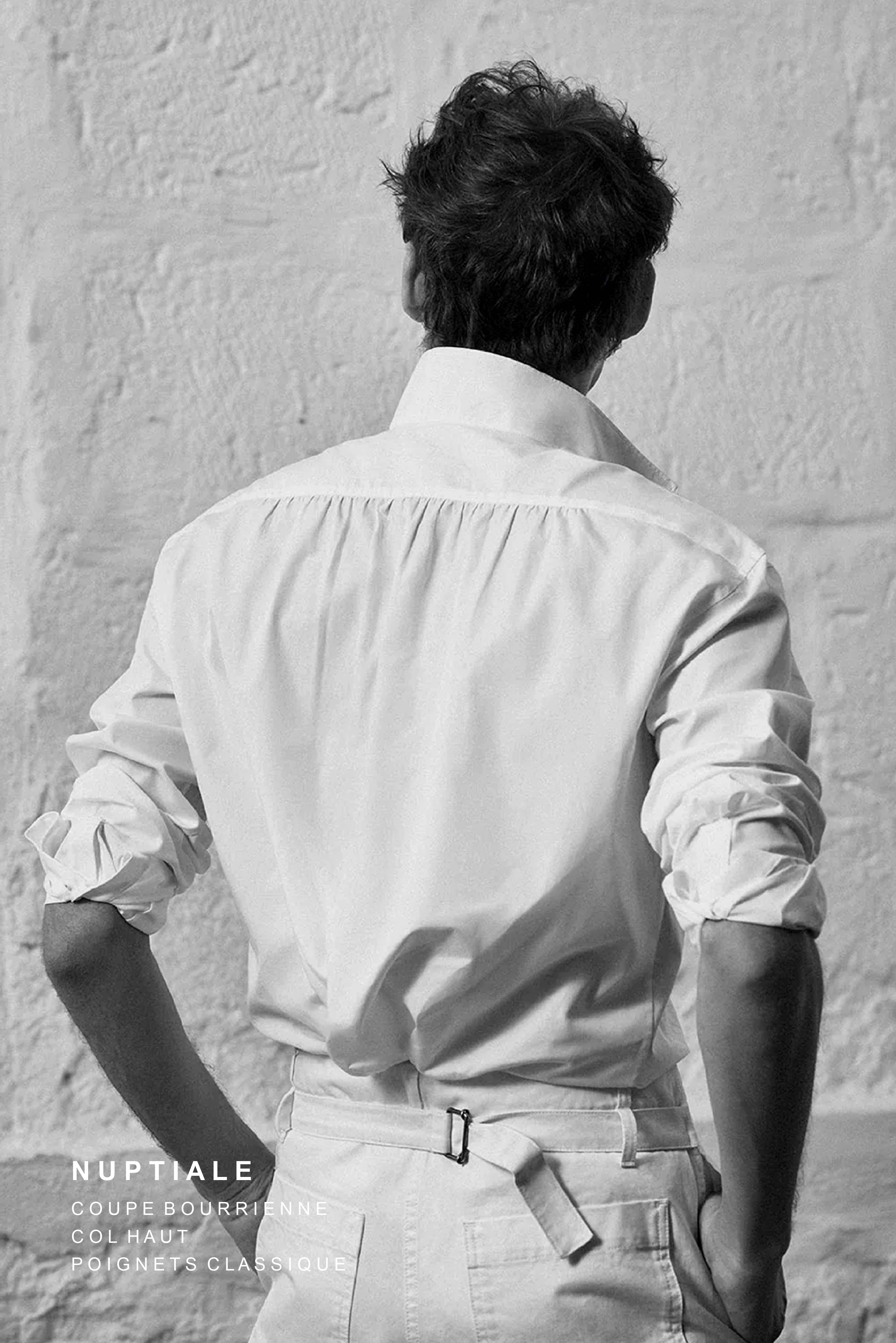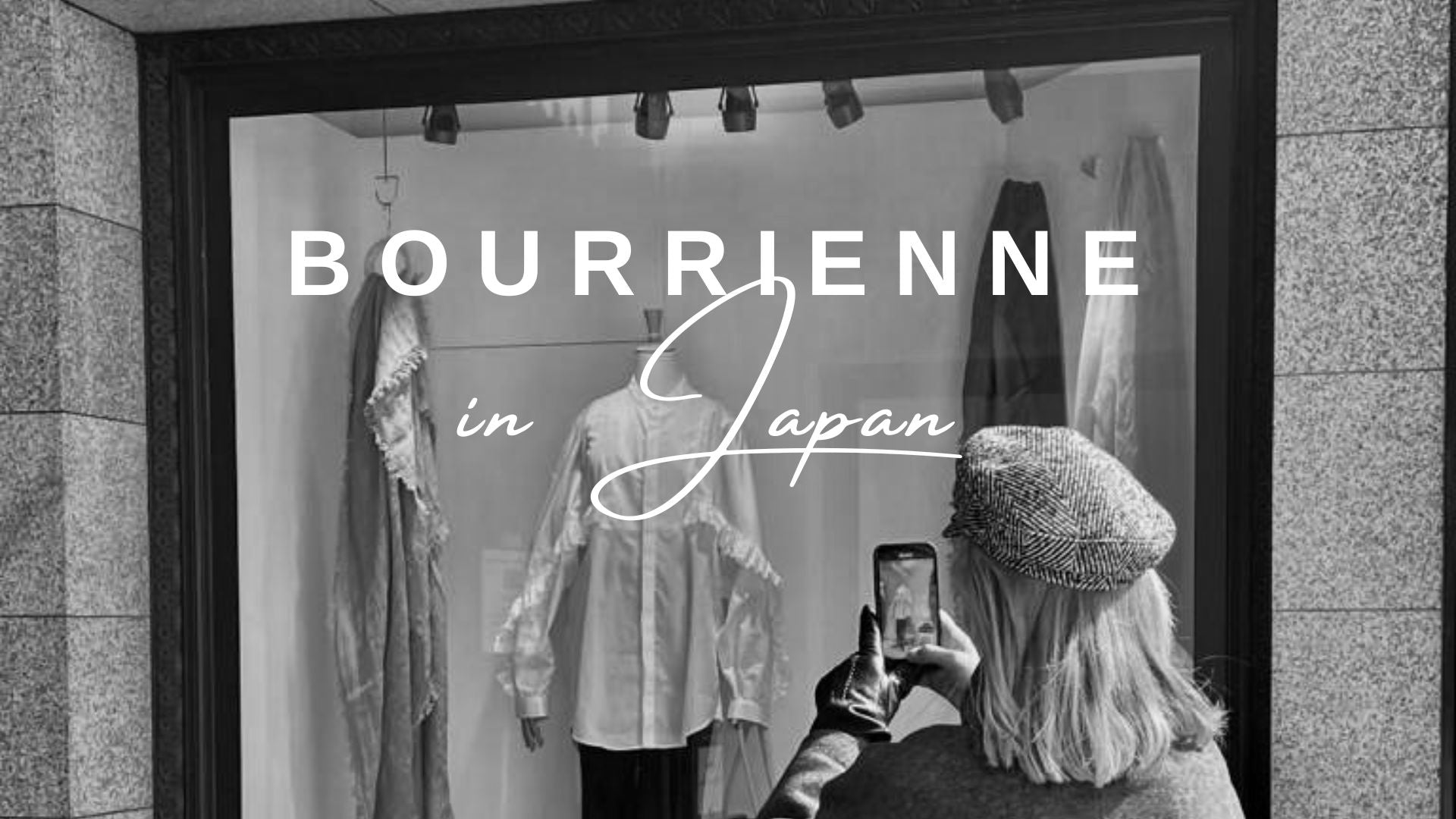
The story of the white shirt by Bourrienne Paris X
Once upon a time... the story of the white shirt
The white shirt is undoubtedly the garment that has transcended the ages without ever going out of style, despite numerous evolutions in terms of style, symbolism, and economy. We will recount the adventures of this garment deeply steeped in history.

The discreet beginnings of the white shirt in Antiquity and the Middle Ages
The origin of the white shirt is rather modest. In its early days in Antiquity and throughout the Middle Ages, the white shirt, or "camisia," was worn for purely utilitarian purposes and did not hold the notable societal position it does today. During those times, the shirt was a very personal garment not intended to be seen in public. It functioned primarily as an undergarment or night attire, taking the form of white tunics made from hemp, linen, or cotton, without collars or buttons. The buttonhole only appeared towards the end of the Middle Ages and covered only the upper half of these tunics. Both men and women wore them to protect themselves from the weather and the roughness of their outer garments.

The Life of John Hunter; nightgowns

The 19th century: the golden age of the white shirt
Replacing the opulence of the Renaissance is the pragmatism of the Industrial Revolution. Extravagant embellishments give way to simplicity in lines and details. The 19th century marks the pinnacle of the white shirt, becoming a symbol of elegance and refinement within English gentlemen's clubs. It was Britain that set the standard, imposing its style and tailoring expertise on the rest of the world. The shirt diversified, adorned with wing collars or buttoned-down collars, and cuffs that turned into mousquetaires (French for "musketeer" style). This era allowed individuals to adapt their attire according to personal taste and circumstances.

The (re)democratization of the shirt from the 20th century
And what about women in all this? In the face of men's appropriation of the shirt starting in the 14th century, women had to conform to the constraints of corsets, crinolines, and other adornments that emphasized their feminine attributes and reflected the economic and social power of their husbands. It wasn't until the 20th century that this garment regained popularity among women. As a testament to feminine empowerment over patriarchal dictates, the men's white shirt was embraced and made popular by Hollywood actresses such as Marlene Dietrich, Greta Garbo, and Katharine Hepburn. From then on, it was adapted for women, thus reconnecting with its mixed origins of the past.

Sometimes ambivalent in its unity and division, yet resolutely timeless, the white shirt has captivated and will continue to captivate. The white shirt has a story. Through the seasons, Bourrienne Paris X and its craftsmanship will shape it with passion.




















